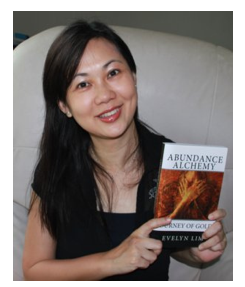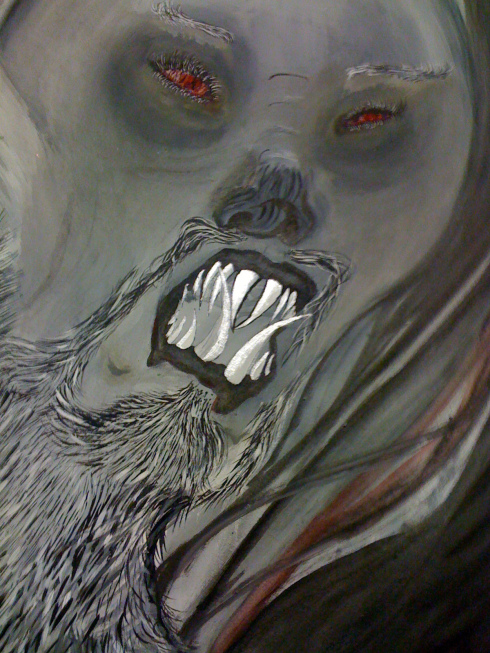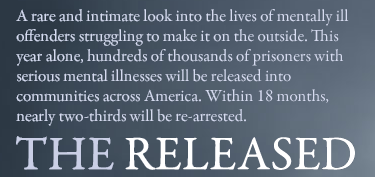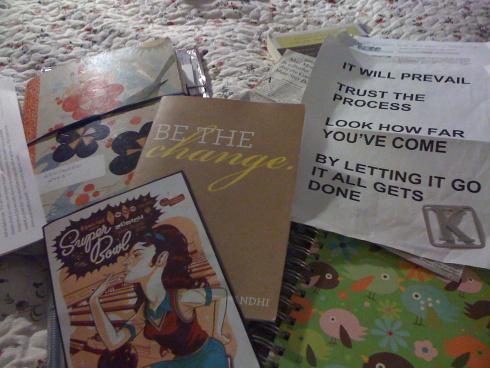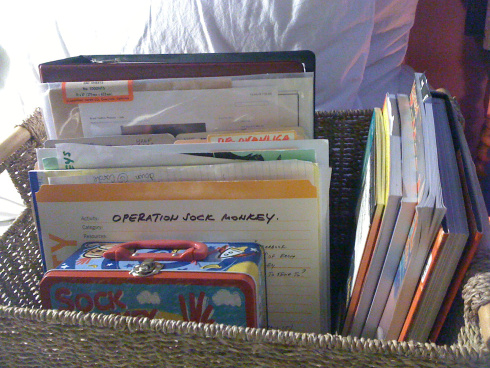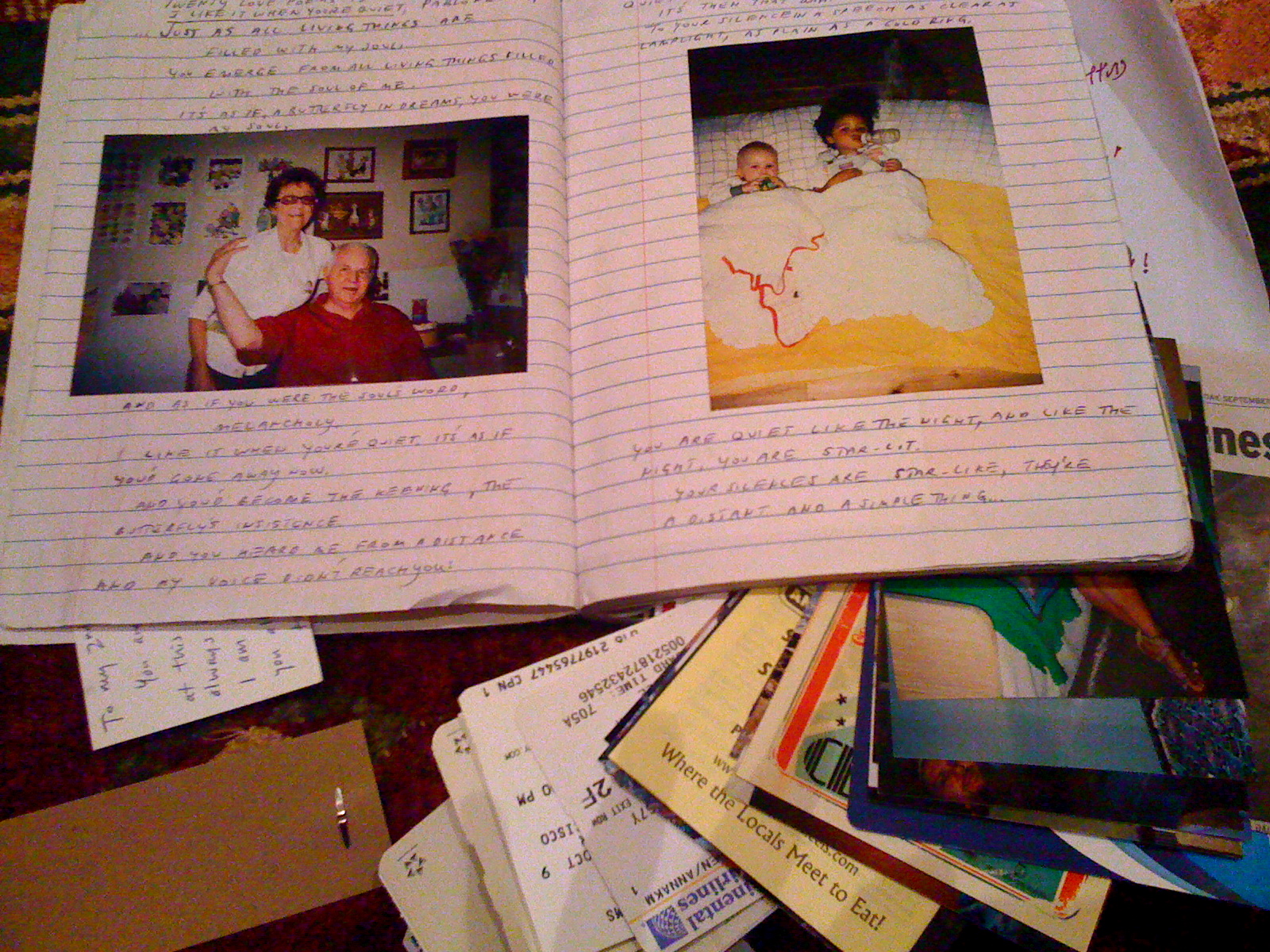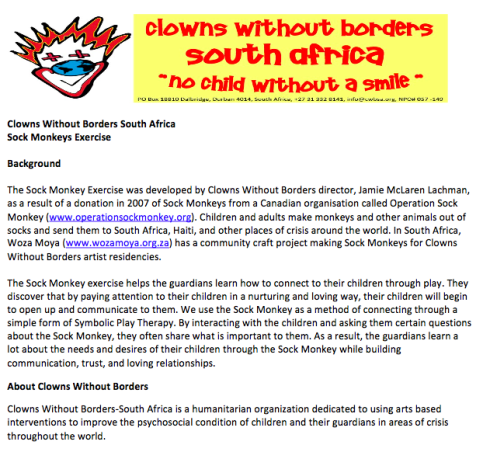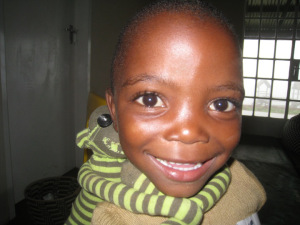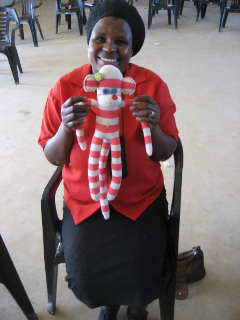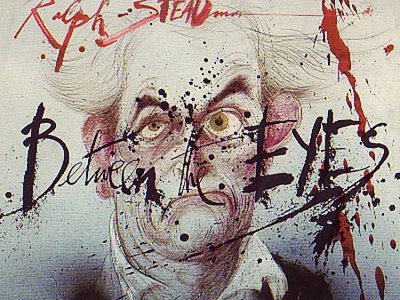You are currently browsing the category archive for the ‘Art Therapy Class’ category.
By Evelyn Lim
1. Fall in love with yourself. Think about what makes you You. Just like a flower that needs watering to grow, learn to nurture yourself in every way. Love yourself for all the good that you see and accept your flaws and the fact that you are imperfect. This does not mean that you do not learn to change from your shortcomings; instead, you are being gentle and kind to yourself despite all your “flaws”. Look in the mirror and fall in love with the reflection that is You.
“To love oneself is the beginning of a life-long romance.”
Oscar Wilde quotes (Irish Poet, Novelist, Dramatist and Critic, 1854-1900)
2. Eliminate Self Criticism. Do you often berate yourself over the tiniest thing? Is there a little voice inside your head that often tells you that you are no good because you are stupid or make mistakes. If you find that you criticize yourself often, make an effort to stop the self criticism.
“I CAN is 100 times more important than IQ.” — unknown
3. Be Kind And Positive. When you start to think kindly and positively about yourself, the love you have for yourself just grows. Make it a habit to praise yourself everyday, while in the front of the mirror. Because of such thoughts, you naturally undertake empowering actions that support your development.
4. Acknowledge Your Effort. It is not always about winning or coming up tops in everything that you do. Many times, it is the effort that counts! Acknowledge that you have done your best, even if you have failed to produce tangible results.
5. Let Go Of Worry. Loving yourself requires you to let go of your worry. It is a horrible way to live a life filled with constant worrying. I can attest to that! Worry does not help in any way. It cannot, on its own, make things happen. Only wise actions can! So instead of worrying, spend time thinking about what you can do to help in the situation. If the situation is beyond your control, then make a request to the Universe/God about what you want. Next, surrender your outcome.
“There is only one way to happiness and that is to cease worrying about things which are beyond the power of our will.” — Epictetus quotes (Greek philosopher associated with the Stoics, AD 55-c.135)
6. Trust Yourself. Have confidence in your abilities. Know that you have the ability to make important changes for yourself, for as long as you put your heart to it. You can also support yourself by visualizing desired outcomes.
“Trust yourself. You know more than you think you do.”
Benjamin Spock quotes (American Pediatrician and Author, 1903-1998)
7. Forgive Yourself. If you have made mistakes in the past that had caused you to feel less worthy, then you need to forgive yourself. All of us make mistakes; so there really is no need to beat yourself up over them. Also, if you have been carrying around a baggage of emotional hurt because of a childhood trauma, learn to forgive yourself.
“To forgive is to set a prisoner free and discover that the prisoner was you.”
Lewis B. Smedes quotes
8. Be Truthful To Yourself. Loving yourself requires you to be truthful about your own feelings. If you are happy, acknowledge the joy. If you are sad, acknowledge the sorrow. When you are truthful about your feelings, you do not try to lie to yourself or seek to bury your negative emotions. Instead, acknowledging what you feel provides a good guide to what your thoughts are. And as we all know, thoughts can be changed, so that healing and self growth can take place.
9. Grow Spiritually. When you spend time growing spiritually, loving yourself becomes automatic. You become more peaceful, connected, kind, loving and compassionate. You nurture a mind that grows more beautiful by the day. You naturally love yourself in the process.
10. Make Positive Affirmations Everyday. Reframe your mind with positive affirmations. For instance, say this to yourself “I love and accept myself completely and unconditionally.” Read your affirmations out loud several times a day.
11. Express Gratitude. Express gratitude for the person that you are. For instance, cultivate an appreciation for your strengths and gifts. Also, feel a sense of gratitude that you are alive and well, and fully capable of making a difference in your life.
12. Nurture Your Dreams. Why deny yourself your dreams? When you nurture your dreams, you would love the life that you are leading. Every moment that you live is a joy because you are expressing yourself fully.
Twenty years from now you will be more disappointed by the things that you didn’t do than by the ones you did do. So throw off the bowlines. Sail away from the safe harbor. Catch the trade winds in your sails. Explore. Dream. Discover. —Mark Twain
13. Boost Your Self Confidence. Make a deliberate attempt to look for opportunities that can help improve your confidence. For instance, if you are particularly good at doing something, set aside more time to indulge and improve your skills on it. Knowing that you have particular gifts can boost your self esteem.
14. Relax. Give yourself space to take breaks every now and then. If you spend your time working, without paying attention to your health, it also means that you do not love yourself well enough to take care of your own body. Fill your time with silence, soothing music and visions of beauty; anything that nourishes your Soul.
15. Have Fun. Inject some fun into your life. Life is meant to be an enjoyable. Don’t take life or yourself too seriously. If you can think of life in this manner, you automatically relax and quit worrying over things that do not matter.
16. Look After Your Body. It is important that you strengthen yourself with proper nutrition and regular exercise. Your body is a temple and you should treat it with respect, love and care. It has been found that the lack of self love is often the root causes of conditions like eating disorders, obesity or even terminal diseases.
“Take care of your body. It’s the only place you have to live.”
Jim Rohn quotes (American Speaker and Author. He is famous for motivational audio programs for Business and Life. )
17. Learn To See Beauty. When you learn to see beauty in every thing, you will also see beauty in yourself. Hence, stop to smell the flowers. Notice everything. Feel everything. The pink blush of the flowers in your garden, the greenness of the plains, the whisper of the gentle wind, or the myriad hues of an evening sky.
About life coach, author Evelyn Lim: LINK
I came across an inspiring site today. It is a great model!
Their vision is “of a society that promotes and protects good mental health for all children and young people. A society where children’s views are respected and they are loved, safe and enjoy life.”
- To improve life chances for children and young people at risk of and experiencing difficulties with mental and emotional health
- To achieve better outcomes for parents and families who engage with children’s mental health services
- To promote the good mental health and emotional well-being of all children
Their “Young People” section is user friendly and my own students (youth-at-risk) find it useful. LINK

I like that they highlighted the following:
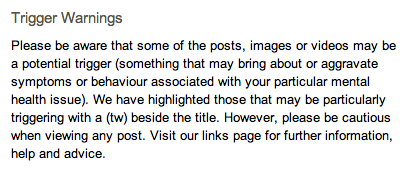
To celebrate youth, mental health, and the use of art to heal, I am sharing a detail below from my student Alicia’s latest painting. Love, Katarina
To read more about Katarina’s sock creations, go to POST STREET
To read more about Katarina’s work with sock monkey/art therapy for at-risk youth go to SOCK MONKEY MONTHLY
To read more about Katarina’s art therapy and visual art, go to KATARINA’S ART BLOG
“Five years ago, FRONTLINE‘s groundbreaking film, The New Asylums, went deep inside the Ohio prison system as it struggled to provide care to thousands of mentally ill inmates. This year, FRONTLINE filmmakers Karen O’Connor and Miri Navasky return to Ohio to tell the next chapter in this disturbing story: what happens to mentally ill offenders when they leave prison. The Released is an intimate look at the lives of the seriously mentally ill as they struggle to remain free.”
THE NEW ASYLUMS: LINK
THE RELEASED: LINK
RELATED:
DRAWING TIME- ART THERAPY IN PRISONS AND OTHER CORRECTIONAL SETTINGS
Art Therapy With Prison Inmates: A Pilot Study: prison_pilot_study_article-final_draft_version
I try to connect to my journal every day- but it can be as little as throwing in a note into the basket of papers. There are times when the mind is in need of deeper work and I am certainly in that frame of mind.
I have been “distracted” by my sock monkeys. Yet, can a sock monkey be a type of journal- each stitch a thought?
In all honesty, I have held back on starting a new journal as the current one was started when my mom passed away (Nov 8, 2008)… Letting go is easier as a concept.
OK- that’s it- the basket has been spilled onto the floor, there is glue, scissors, news articles, journals, notes, ideas, lists, inspirations… I’m diving in!
Love, Katarina (Kat) Thorsen
To read more about Katarina’s sock creations, go to POST STREET
To read more about Katarina’s work with sock monkey/art therapy for at-risk youth go to SOCK MONKEY MONTHLY
To read more about Katarina’s art therapy and visual art, go to KATARINA’S ART BLOG
I have no doubt about the power of journalling. Personally, I need to organize my current one… It’s all in a large basket. But it still counts as a journal! In fact, I have many journals going all at once it seems. That’s OK! My journals can challenge space-time continuum- not following a linear route and are created through collecting, sketching, in binder here, in a notebook there. It’s the tactile part of journalling that I favor. DARE TO BE MESSY!
The internet offers a great way to share with the world, but nothing beats the power of actually cutting, pasting, scribbling. Glue on your fingers, the warped paper and a journal so thick it won’t close. I tell students that keeping a journal can help reduce anxiety and stress- but the students often complain that they get stressed at the thought of maintaining a journal… No worries. Let that go. Connect with your journal once a day. Simply picking it up, shoving in a piece of paper you want to keep, writing to-do list inside keeps the flow going. That way you can allow the natural process- then take personal retreats- surround yourself with collaging materials and interesting pens, glue, scissors, bits… then spend some time making a page (or pages)… Or just write- stream of consciousness. The main thing is to get those voices out of your head and onto the paper. ENJOY!
Here are some of my favorite books on journaling:
Artists’ Journals and Sketchbooks: Exploring and Creating Personal Pages by Lynne Perrella
Art Journals and Creative Healing: Restoring the Spirit Through Self-Expressionby Sharon Soneff
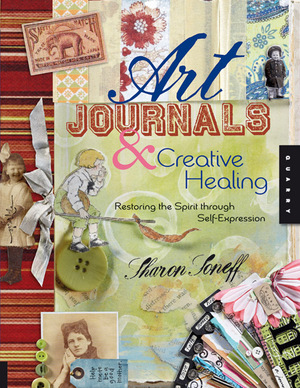
Creative Awakenings- envisioning the life of your dreams through art by Sheri Gaynor
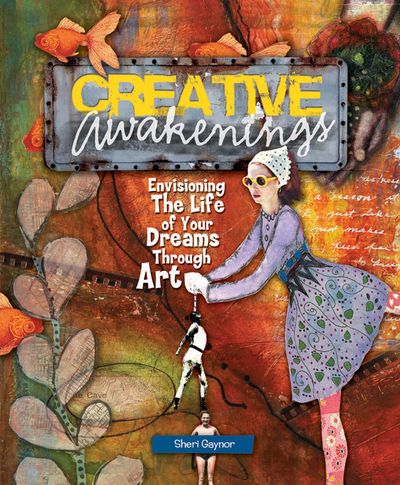
MY FAVORITE JOURNAL ARTISTS:
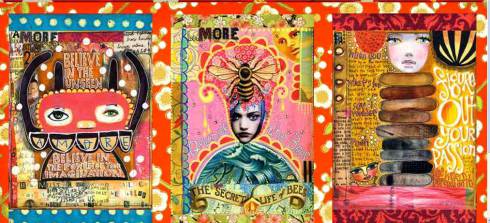
LYNDA BARRY [MY FAVORITE GRAPHIC NOVELIST/COMIC BOOK ARTIST!!!]
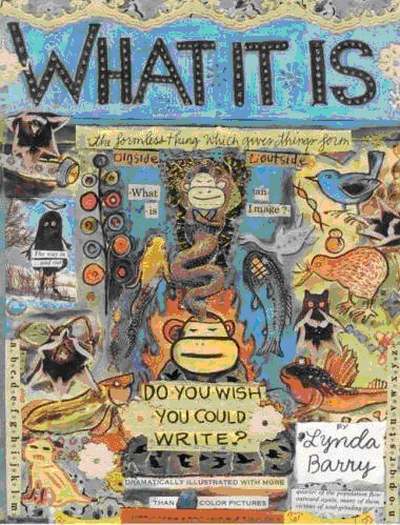
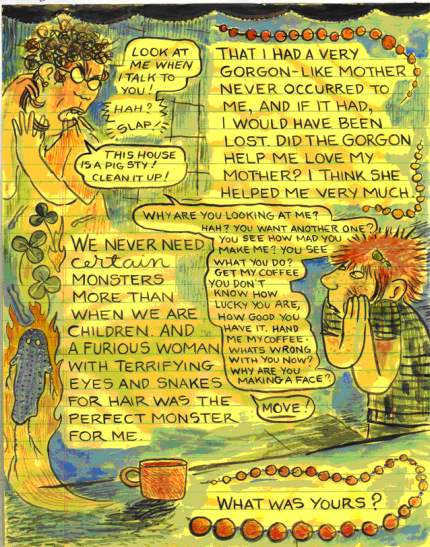
There are many online exercises out there… Here is an example:
Creative Journal Exercises and Activities
Love, Katarina (Kat) Thorsen
To read more about Katarina’s sock creations, go to POST STREET
To read more about Katarina’s work with sock monkey/art therapy for at-risk youth go to SOCK MONKEY MONTHLY
To read more about Katarina’s art therapy and visual art, go to KATARINA’S ART BLOG
Online full length programs:
Autism: The Road Back charts the personal journey of three BC families with children who have been diagnosed with Autism Spectrum Disorder. It talks to parents, service providers, and experts in the field about assessment, diagnosis, and options available for treatment, and provides guidance for families trying to navigate their way through the challenges of ASD in the first six years of their child’s life.
http://www.knowledge.ca/program/autism-the-road-back
Through the personal stories of three young people, this intensely compelling documentary traces the journey of depression, from early signs and symptoms, to assessment, diagnosis, and treatment.
http://www.knowledge.ca/program/beyond-the-blues-child-and-youth-depression
A one-hour documentary designed to raise awareness and provide an understanding of dyslexia. Through extensive filming with dyslexic children and adults, and their families, viewers will learn about the most scientifically sound strategies for intervention, the latest research into possible causes, and the challenges and breakthroughs experienced by people with dyslexia.
http://www.knowledge.ca/program/deciphering-dyslexia
A one-hour documentary examining the challenging reality of families with young children who live with Fetal Alcohol Spectrum Disorder.
http://www.knowledge.ca/program/fasd-finding-hope
Anxiety disorders are the most prevalent mental disorders affecting BC’s children and youth today. This compelling documentary outlines the causes, symptoms, and treatments for anxiety disorders, and emphasizes the importance of early identification and intervention.
http://www.knowledge.ca/program/fighting-their-fears-child-and-youth-anxiety
This insightful Knowledge Network-produced documentary explores the personal stories of four young British Columbians, and sheds light on symptoms, community resources, and emphasizes the importance of early treatment for adolescent psychosis.
http://www.knowledge.ca/program/map-of-the-mind-fieldsmanaging-adolescent-psychosis
With the help of her grandmother, a young mother composes a lullaby to her baby in Halq’eméylem, and at the Chief Atahm School in Adams Lake, children learn math in the Secwepemctsin language of their ancestors. This documentary celebrates 13 BC First Nations languages and pays tribute to the drive to preserve and revitalize them for future generations.
http://www.knowledge.ca/program/our-first-voices
What’s it like to grow up in Damascus, the oldest capital city on earth? In Syrian School, we get an insider’s look through the eyes of young students at four very different schools. As it charts the highs and lows of the school year, following the youngsters into their homes and through the streets, the series challenges stereotypes and misconceptions about Arab life.
http://www.knowledge.ca/program/syrian-school
Wipe Out tells the story of three young men living with permanent brain damage as the result of head injuries they suffered pursuing extreme sports. Through their stories, the documentary explores the science of thrill-seeking, and reveals how cultural forces and ignorance are propelling young men to dangerous new heights.
http://www.knowledge.ca/program/wipe-out-stories-of-brain-injury
Pull a random book from a shelf! What catches your eye?
For a student, creativity should be the last lesson. - Ralph Steadman
I pulled out my worn dusty copy of Between the Eyes from my art therapy bookshelf. It is written and illustrated by Ralph Steadman. [I remember the day I bought it (November 7, 1986) at Graffiti Books on 4th and Collingwood (long gone) with my 1 year old asleep in her stroller. I had just started Emily Carr College of Art and Design.] The book is filled with sublime passages and sublime images.
I found some old highlighted passages that raise my eyebrows with their cynicism and insights.
For a student, creativity should be the last lesson. If it’s there, let it be but for the moment, learn- look- absorb- study. The situation for teachers is more complex. Time has gone by. They may have compromised. They probably have financial commitments. They may compare themselves to the students, creating an inhibition that students need never know. Exercising their own creativity through students is a huge temptation, for an apparent glitter in end-of-year shows may appear to display a teacher’s effectiveness. But I believe it is only superficial. A discipline achieved early on should be come as automatic as breathing or talking. And the discipline of drawing is the finest. A savage tow or three years is imperative. No creativity. Drawing forces you to look and an artist needs to do that more than anything short of thinking. But drawing will stimulate that too. Then give yourself a break and waste a year in total anarchy. Vent that precious creativity you have nurtured for so long and find out what you might have to offer- bearing in mind that the unsuspecting world does not give a rat’s flash. (p. 21 “Between the Eyes” Ralph Steadman
These random trips into random books can be much needed mini vacations. - Katarina Thorsen
To read more about Katarina’s art therapy and visual art, go to KATARINA THORSEN ART BLOG
To read more about Katarina’s work with sock monkey/art therapy for at-risk youth go to SOCK MONKEY MONTHLY
To read more about Katarina’s sock creations, go to POST STREET
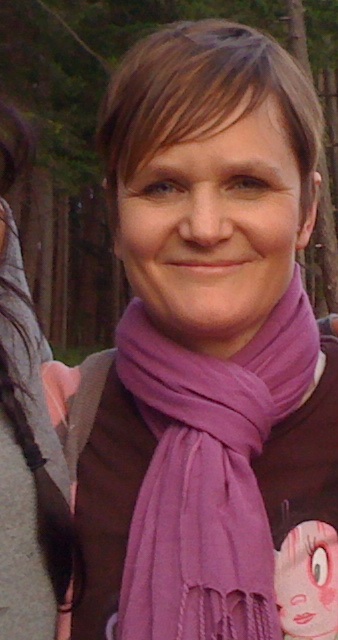 Sound Therapy Radio is pleased to welcome Kat Thorsen as our in-house Art Therapist. Kat is the c0-creator of CJ the Sock Monkey and a regular participant at creative ventures around Vancouver. As a multi-talented Artist, Kat creates in many different mediums, graffitti, watercolour tattoos, body painting, sewing, crafts, film and animation.
Sound Therapy Radio is pleased to welcome Kat Thorsen as our in-house Art Therapist. Kat is the c0-creator of CJ the Sock Monkey and a regular participant at creative ventures around Vancouver. As a multi-talented Artist, Kat creates in many different mediums, graffitti, watercolour tattoos, body painting, sewing, crafts, film and animation.
Katarina Thorsen (Kat) is the resident art therapist at Keith Lynn Alternative Secondary School in North Vancouver. The student population presents with a variety of issues including behavioral challenges, learning
disabilities, substance abuse and mental health.
Kat’s own artwork (drawing, painting, quilting, journaling, sock animals) can be found in private collections in Canada, USA and Sweden. Kat is passionate about the therapeutic power of art and though her main focus is at-risk children and
youth, she is currently developing a workshop series that will facilitate creative expression and self-empowerment in adults. Always in the pursuit of new creative outlets Kat is also working on a Graphic Novel based on her research into a historical Vancouver murder mystery.
We are excited to know what creative adventure is on the horizon
For more details go to: http://katthorsen.wordpress.com/about/
To read more about Katarina’s work with sock monkey/art therapy for at-risk
youth go to http://klasssockmonkey.wordpress.com/
To read more about Katarina’s art therapy and visual art, go to
http://katthorsen.wordpress.com
To read more about Katarina’s sock creations, go to
http://poststreet.wordpress.com/


